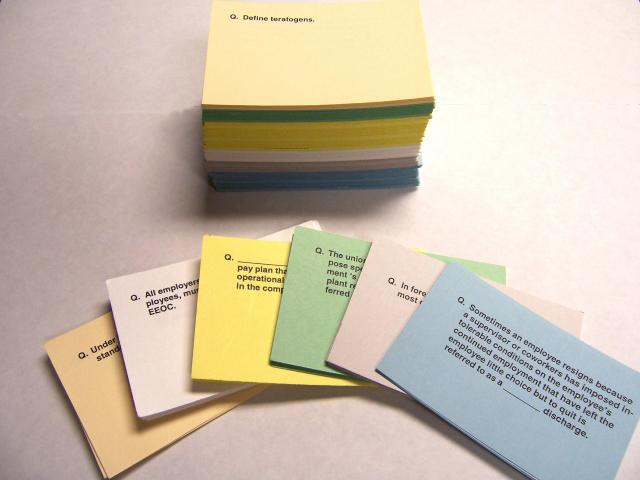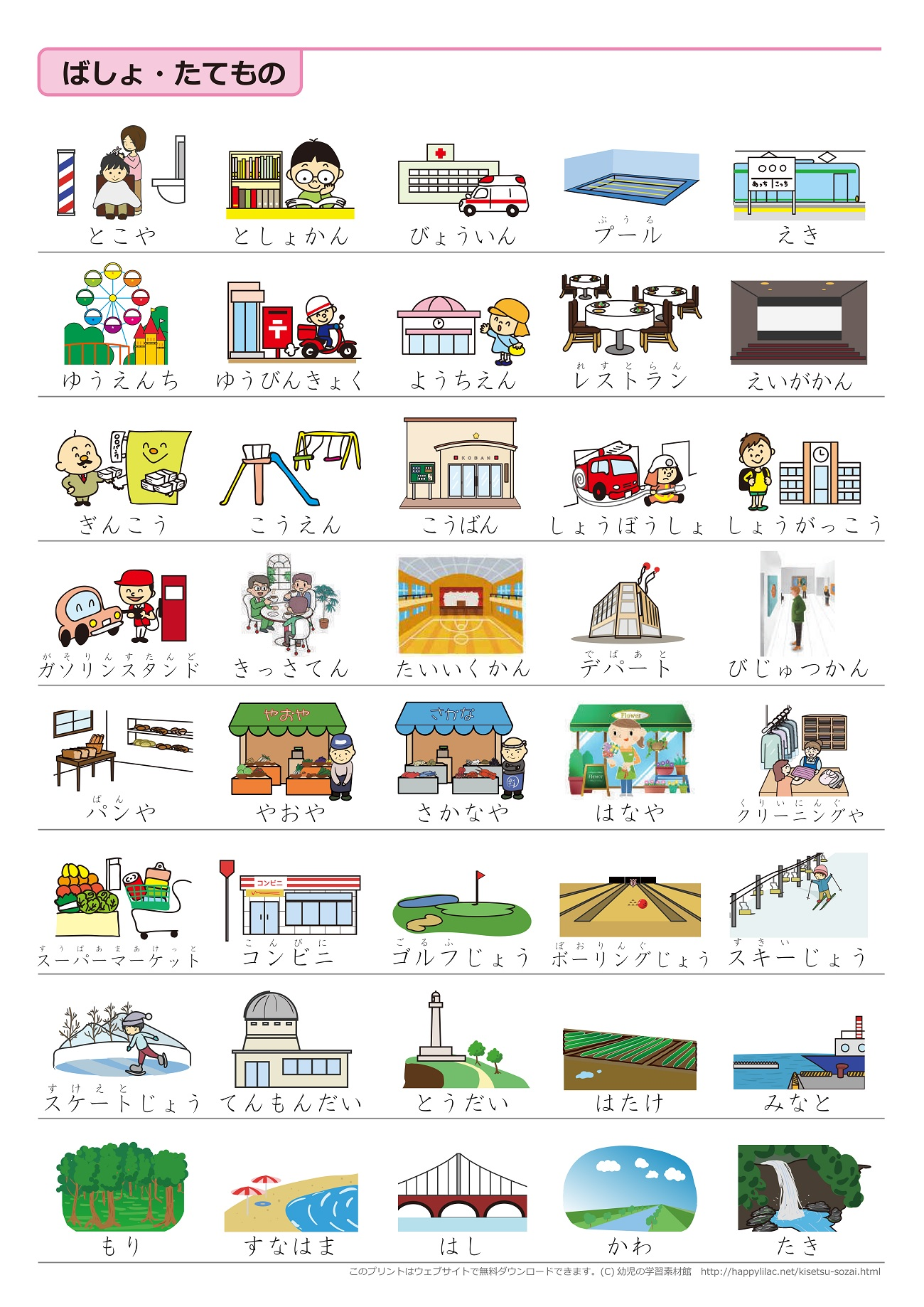- Step 1: Setting realistic goals and expectations
- How to Implement It:
- Step 2: Mastering the basics of Japanese script
- How to Implement It:
- Step 3: Learning basic Japanese grammar
- Step 4: Building your vocabulary
- Step 5: Practicing listening and speaking
- Step 6: Embracing Kanji
- Step 7: Consistent practice and staying motivated
If you're a beginner learning Japanese, the complexity of the language might feel overwhelming. However, how to learn Japanese doesn't have to be difficult with the right approach. This guide will walk you through the essential steps to get started, from mastering Hiragana and Katakana to understanding basic grammar and vocabulary. Let’s explore effective ways to study and make rapid progress in your Japanese learning journey!
Step 1: Setting realistic goals and expectations
The first step in learning Japanese for beginners is setting clear and achievable goals. Without proper expectations, learning a new language can become overwhelming, especially when tackling a language as distinct as Japanese.
How to Implement It:
✅ Set long-term and short-term goals: Example → "Become conversational in Japanese in 6 months."
✅ Break goals into manageable tasks: Learn 5 characters from Hiragana each day to complete the full set within a week.
✅ Create a study schedule: 30-60 minutes per day of consistent study will build momentum.
✅ Track progress: Use a language journal or an app to monitor achievements and stay motivated.
Step 2: Mastering the basics of Japanese script
Japanese uses three scripts—Hiragana, Katakana, and Kanji. Getting comfortable with the basic scripts will provide you with the foundation for reading and writing.
How to Implement It:
📌 Start with Hiragana: Learn all 46 basic characters and practice writing them repeatedly.
📌 Move on to Katakana: Used for foreign loanwords like computers.
📌 Use flashcards and apps : Try Anki or HeyJapan forspaced repetition.
📌 Practice reading: Use children’s books or beginner-level websites to reinforce your skills.

Step 3: Learning basic Japanese grammar
Understanding Japanese grammar is essential for forming sentences and communicating effectively. Japanese grammar differs significantly from English grammar, so it’s crucial to start with basic sentence structures and build from there.
How to implement it:
- Learn basic sentence patterns: Japanese follows a Subject-Object-Verb (SOV) order. For example, “I eat sushi” in Japanese would be “私は寿司を食べます” (Watashi wa sushi o tabemasu).
- Understand verb conjugations: Learn how to conjugate verbs in the present, past, and negative forms. Start with the polite “-masu” form, which is commonly used in everyday conversations.
- Study particles: Particles like “は (wa),” “を (o),” and “に (ni)” are essential in constructing sentences. Focus on mastering how these particles are used in sentences.
- Use grammar resources: Use textbooks such as Genki or online courses like Tofugu to learn grammar step by step. Consistent practice will help you internalize these patterns.

Step 4: Building your vocabulary
A strong vocabulary is the key to fluent communication. The more words you know, the more effectively you can express yourself in different contexts. Knowing how to begin learning Japanese vocabulary is essential to building a solid foundation, helping you to expand your language skills and communicate confidently.
💡 Want to learn faster? Read this article on how to learn Japanese fast by yourself for effective techniques!
How to implement it:
- Start with basic words and phrases: Learn common words for greetings, numbers, days of the week, and basic expressions. For example, “こんにちは (Konnichiwa)” means “Hello,” and “ありがとう (Arigatou)” means “Thank you.”
- Learn vocabulary by themes: Organize your vocabulary by topics, such as food, family, work, or travel. This approach will help you learn related words in context, making them easier to remember.

- Use flashcards and apps: Flashcards are perfect for vocabulary learning. Apps like HeyJapan, Memrise, and Anki are useful tools to reinforce your memory with regular practice.
- Practice vocabulary in context: Try using new words in sentences and conversations. This will help you remember them better and understand their usage.
Step 5: Practicing listening and speaking
Listening and speaking are essential skills to master if you want to understand and communicate effectively in Japanese. These skills improve by consistent practice and exposure to native speakers.
How to implement it:
- Listen to Japanese daily: Immerse yourself in the language by listening to podcasts, watching videos, or even TV shows and movies in Japanese. Listening to natural conversations will help you grasp the rhythm and pronunciation.
- Practice speaking: Speaking regularly is crucial. Find a language partner through platforms like iTalki, HelloTalk, or participate in Japanese conversation groups. If you're learning Japanese alone, repeating phrases and sentences aloud is an excellent way to practice.

- Mimic native pronunciation: Focus on pronunciation and intonation. Listen closely to how words are pronounced by native speakers and try to mimic their speech as closely as possible.
💡 Curious about greetings? Learn more about what does ohayo mean in Japanese to understand the meaning behind common phrases.
Step 6: Embracing Kanji
Kanji, the characters borrowed from Chinese, represent a huge part of the Japanese writing system. While challenging, learning Kanji is essential for full literacy and deeper understanding of the language.
How to implement it:
- Start with basic Kanji: Begin with commonly used Kanji that are necessary for reading everyday materials, like 日 (sun), 学 (study), and 本 (book). Focus on learning a few Kanji at a time.

- Use Kanji learning apps: Apps like WaniKani help you learn Kanji through mnemonics and spaced repetition. These apps will guide you in remembering the meaning and reading of each character.
- Practice writing Kanji: Writing Kanji by hand helps reinforce memory. Start by learning the stroke order and writing Kanji repeatedly until it becomes second nature.
- Incorporate Kanji into sentences: Practice reading simple sentences that contain Kanji to familiarize yourself with their context and meaning.
Step 7: Consistent practice and staying motivated
Staying motivated and practicing consistently is essential when learning Japanese. Motivation is what will keep you going, even when the learning process feels slow.
How to implement it:
- Create a daily routine: Set aside time every day for language learning. Even 30 minutes a day can make a difference if you remain consistent.
- Celebrate small wins: Celebrate your progress by setting small milestones. For instance, once you’ve mastered Hiragana, treat yourself to something enjoyable.

- Make learning fun: Integrate Japanese into activities you enjoy. For example, if you like anime, watch it with Japanese subtitles, or play Japanese language games to improve your vocabulary and listening skills.
- Stay positive and patient: Learning Japanese takes time, so be patient with yourself. Remember that small progress is still progress.
For more tips on how to learn Japanese, check out this article How can I learn Japanese
In conclusion, learning Japanese for beginners is a rewarding journey. By mastering the basics like Hiragana, Katakana, and grammar, and consistently practicing speaking and listening, you can make steady progress. Whether you’re wondering how to learn Japanese alone or easily, staying motivated and practicing regularly will ensure your success.








